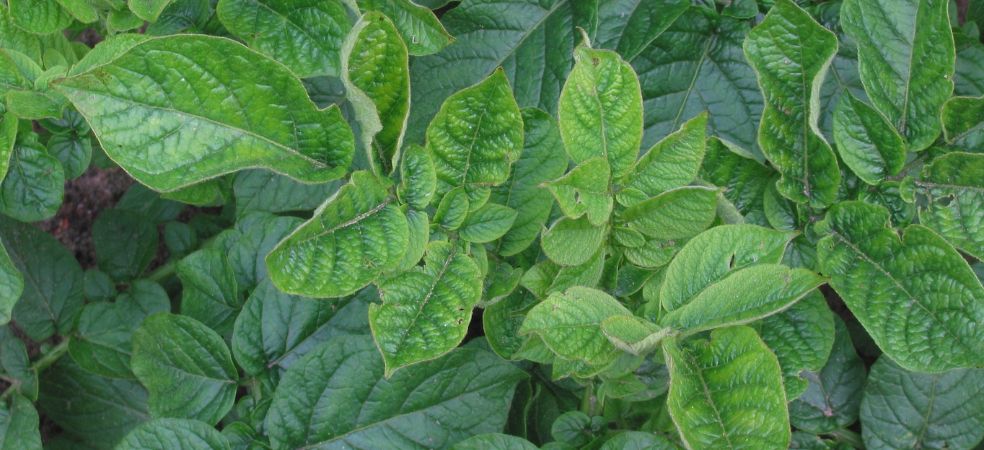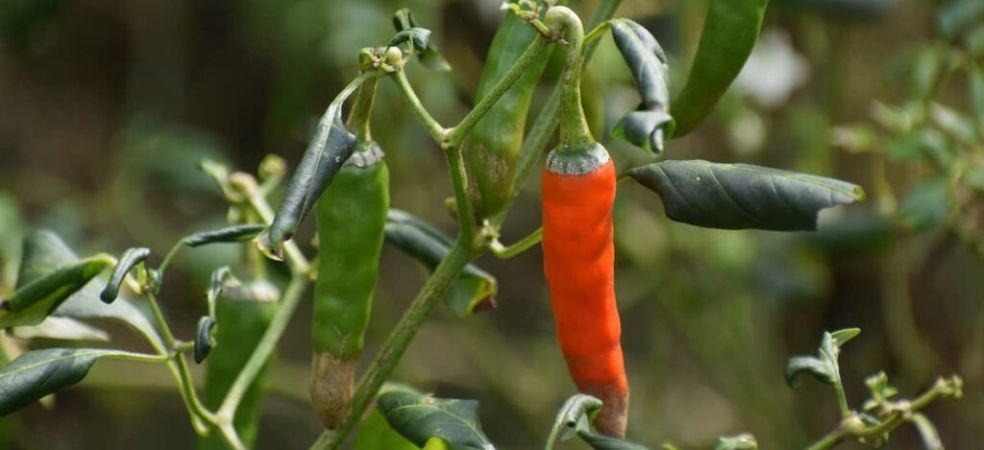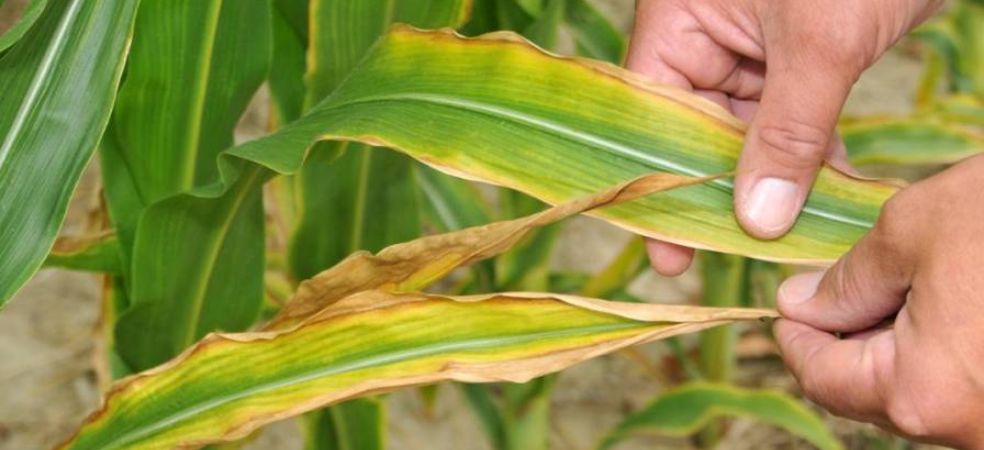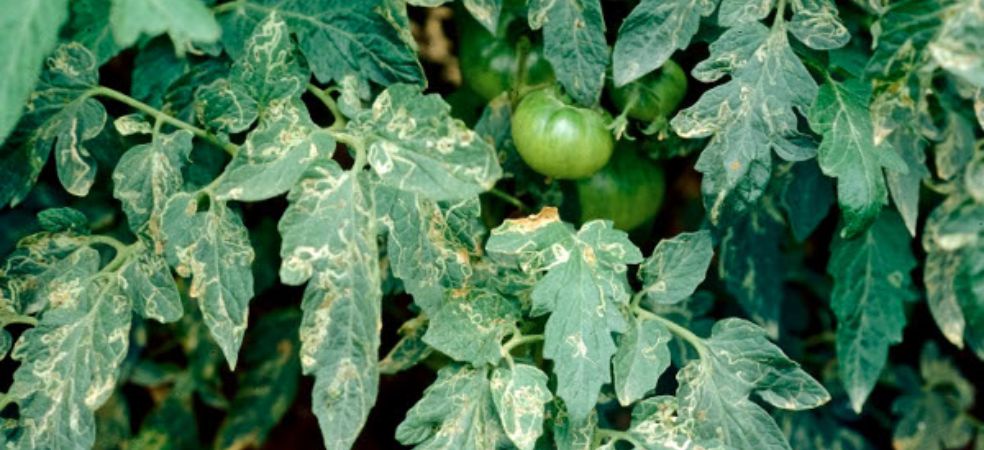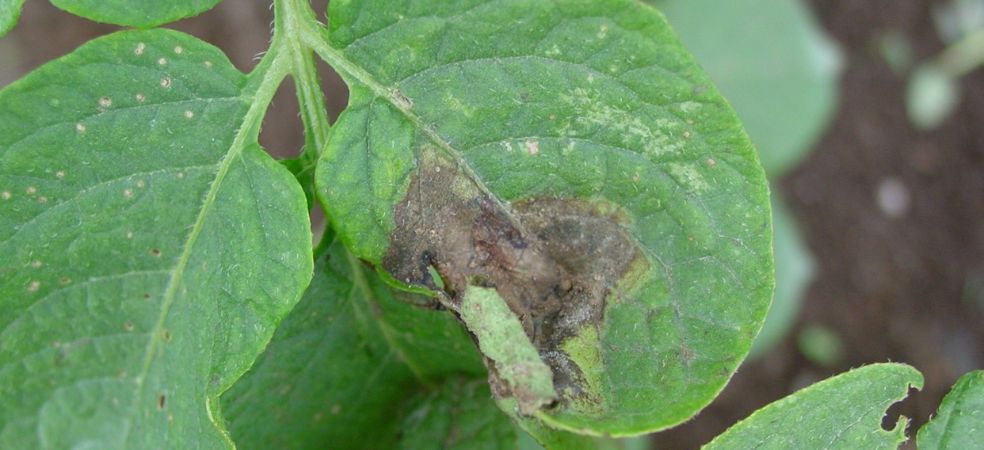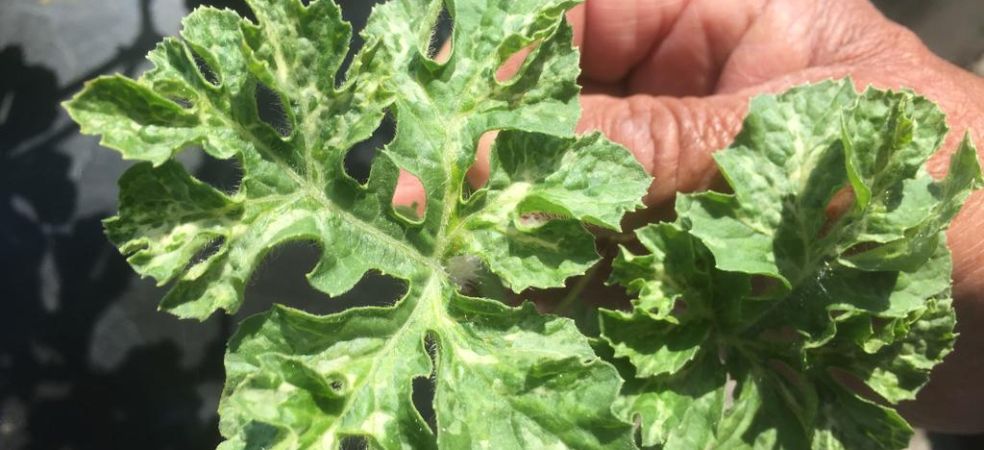Symptoms of damage: The disease carrier of this virus is an Aphid, at the same time, this disease spreads by sowing affected potatoes and also by weeds. Aphid (Mahu) is a small insect that sucks the sap of the leaves. As a result of which the leaves shrink and the colour of the leaves becomes yellow. Leaves appear twisted. Later the leaves dry up and fall.
Control measures
-
Install 8 to 10 yellow sticky traps per acre for monitoring.
-
To control this pest, Spray Admire (Imidacloprid 70% WG) @ 36 gm or Rogor (Dimethoate 30% EC) @ 264 ml + Silicomaxx gold @ 50 ml + Novamaxx (Gibberellic Acid 0.001 % L) @ 300 ml per acre, 150 to 200 litres of water.
-
After 3 days spray Privintal BV @ 100 grams per acre in 150 to 200 litres of water.
ShareFor more important information related to the agriculture sector, keep reading the articles of Gramophone daily. If you liked today’s information, then do not forget to share it with your friends,

